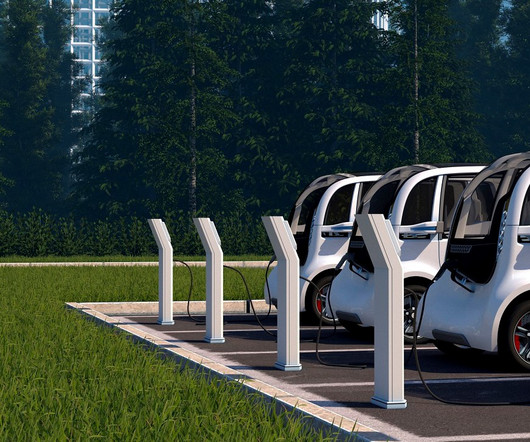3 East Coast states and DC first to participate in TCI-P cap-and-invest program for transportation
Green Car Congress
DECEMBER 22, 2020
The Transportation and Climate Initiative Program (TCI-P) expects to cut greenhouse gas emissions from motor vehicles in the region by an estimated 26% from 2022 to 2032, and generate a total of more than $3 billion dollars over ten years for the participating jurisdictions to invest.















Let's personalize your content